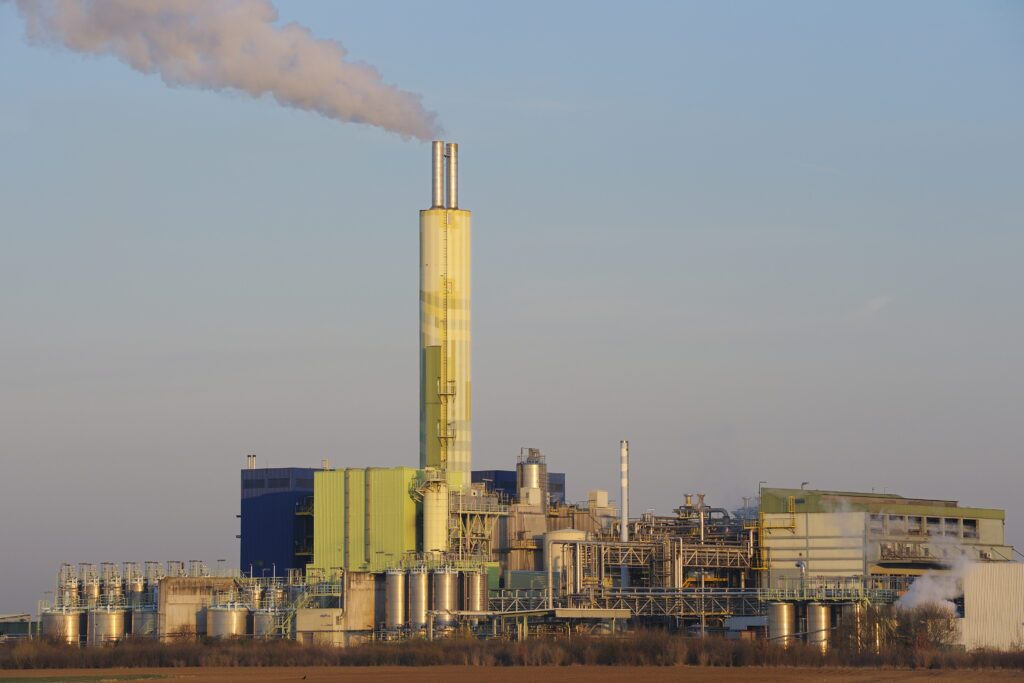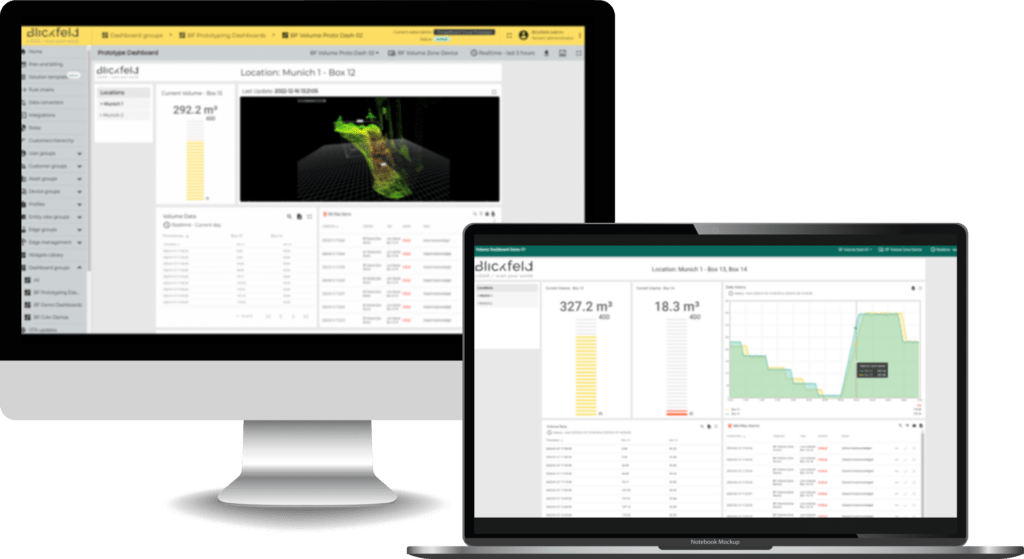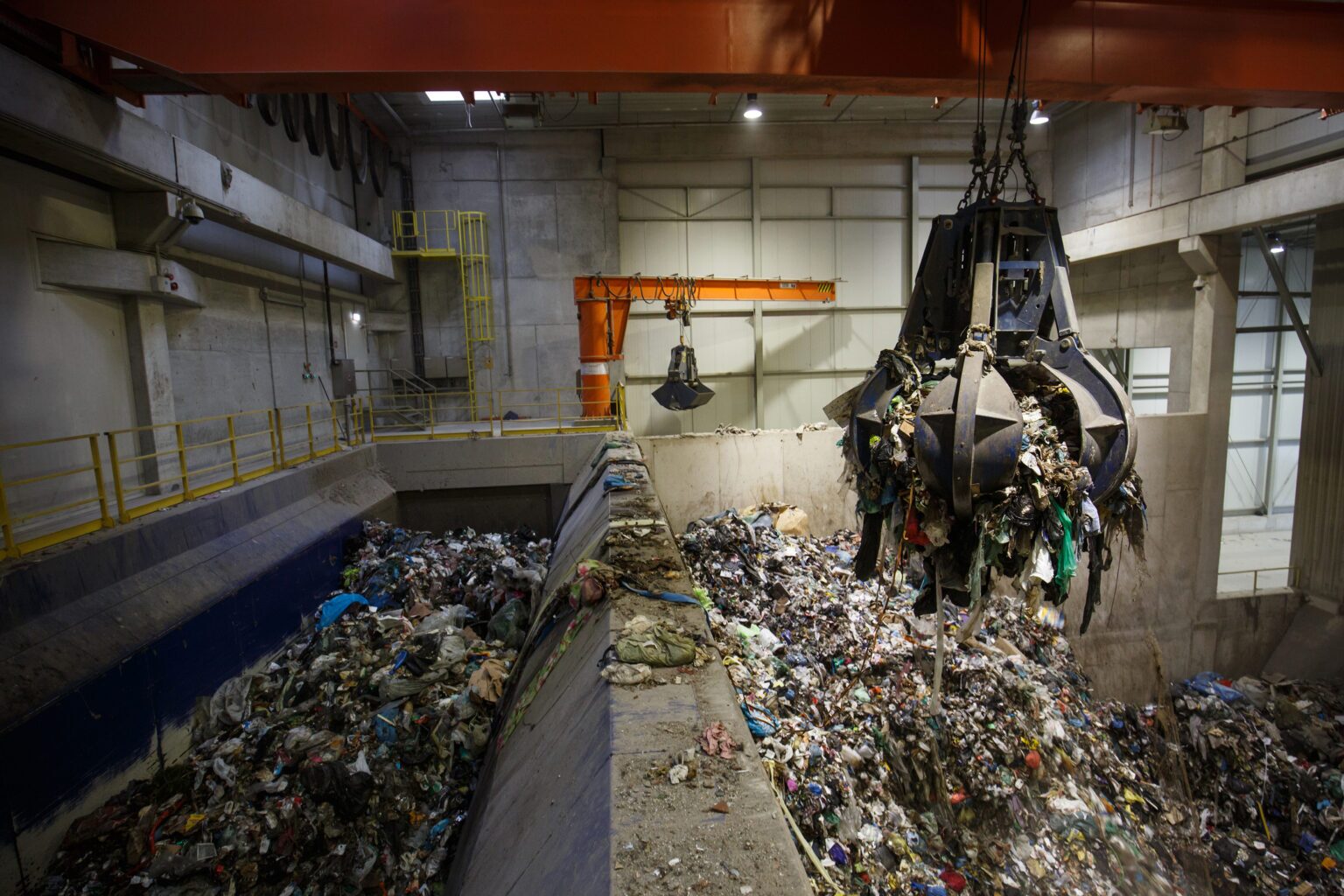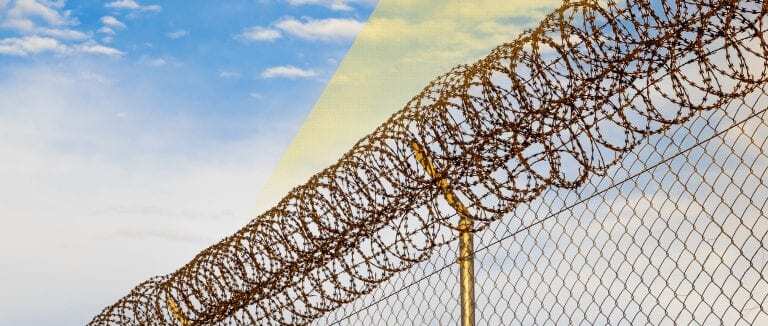Germany is pursuing ambitious climate protection goals: by 2030, CO2 emissions are to be reduced by 65% compared to 1990 levels. By 2045, the country aims to achieve greenhouse gas neutrality. To achieve this, significant reductions in the emission of the greenhouse gas carbon dioxide (CO2) are necessary. The goal is to move away from fossil fuels towards electricity from renewable energies. However, this transition is costly. To finance and accelerate it, the German government has introduced a law for a national emissions trading scheme for fuel emissions: the Fuel Emissions Trading Act (BEHG).
Emission Certificates
When companies bring products that emit CO2 to the market (e.g., natural gas, heating oil, or coal), they must purchase emission certificates from the Federal Environment Agency. As of January 2024, this rule also applies to companies that burn waste. Currently, the price is 45 euros per ton of CO2, rising to 55 euros in 2025. From 2026, the certificates will be auctioned on a European level within a yet-to-be-determined price corridor. These price corridors are set to be abolished in 2027, at which point the price will be determined by the market. The revenue from these certificates goes directly into the Climate and Transformation Fund for the energy transition.

Thermal waste disposal companies face increasing costs, which will become unpredictable with market-driven pricing starting in 2027. It is clear, however, that costs will continue to rise. These additional costs will likely be partially passed on to citizens through higher fees. This development is intended by the legislature to create incentives for the introduction of alternative, environmentally friendly technologies.
Therefore, it is in the interest of waste incinerators to calculate the fees as accurately as possible to avoid overpaying or facing higher costs due to penalties for underpayment:
- If companies overestimate the amounts of waste burned, the burden from the fees is higher than necessary.
- In reverse, if companies report too low amounts, they risk fines, additional payments at increased rates, and, in the worst case, the suspension of their account in the national emissions trading registry.
Determine the Exact Amount of Waste
So far, due to a lack of better solutions, mostly inaccurate methods have been used for volume measurement. A common approach is to count truckloads and multiply by an estimated average value per load. However, this method fails to account for fluctuations in actual volume and changes occurring within the facility, leading to inaccuracies in inventory estimation.
Even periodic weighing of individual loads does not provide sufficient data to guarantee protection against unnecessary costs when calculating the CO2 tax. Moreover, weighing is often a time-, personnel-, and cost-intensive process. Another option is estimating by eye, but even experienced staff members often miss the mark by a wide margin.
Fast and precise volume determination of CO2 tax with LiDAR
A straightforward and personnel-friendly solution for accurately determining the volume of bulk material has recently emerged: LiDAR sensors. Waste disposers only need to position such sensors to overlook the piles of waste. The devices are compact and can be easily mounted in existing infrastructure such as on the hall ceiling or on pillars. The robust sensors scan the surface of the piles with centimeter accuracy using hundreds of thousands of laser pulses per second.

A software then creates a 3D model of the pile based on the time of flight of the laser pulses, down to the second if desired. The inventory values are available digitally and can be automatically transferred to the IT landscape or the cloud. This way, the current figures are always available to employees, for example, via a web-based dashboard on a tablet or smartphone. Waste management companies benefit from digitized, automated processes and always know how much waste they are incinerating.

Optimize capacities through digitalization as effectively as possible
Through LiDAR sensors and the higher levels of digitalization they enable, businesses not only gain accurate data for correct calculation of the CO2 tax but also benefit more fundamentally: they can use the precise inventory data to optimize their plant and storage capacities.
For waste incineration facilities aiming to determine waste quantities for the calculation of CO2 fees, LiDAR technology provides an alternative to counting, weighing, or estimating stocks, offering particularly precise, flexible, and personnel-friendly operation. Modern LiDAR sensors are cost-effective, quickly installed, and can operate either as a web-based standalone solution or integrated into a larger IT system. This allows companies to efficiently manage their inventory and prevent excessive CO2 taxes.






